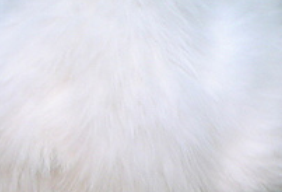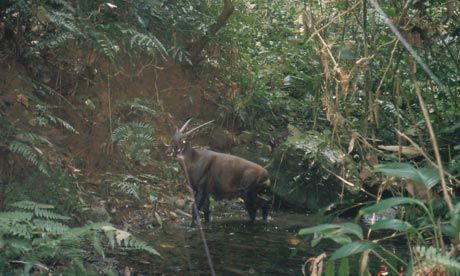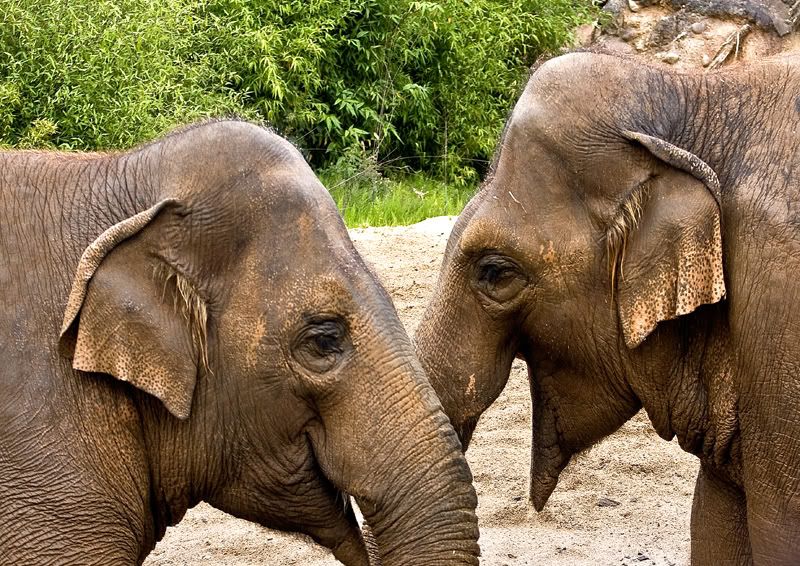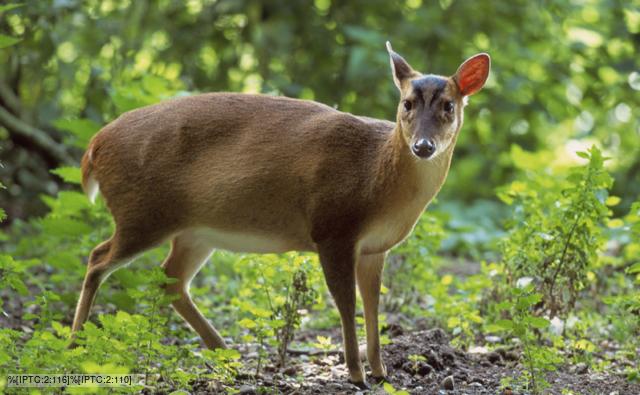Forum Replies Created
-
AuthorPosts
-
sexiliciousParticipant
nope not a polar bear. ok little hint before I go to work. This animal is a solid color but can come in different colors. If no one guesses before I get back from work will post a different color one.
sexiliciousParticipantlol Lover no
sexiliciousParticipantnope not a Red Panda
sexiliciousParticipantAnother little snip it of an animal and don't forget if it gets too hard to tell from the picture will give hints.
 sexiliciousParticipant
sexiliciousParticipantGreat job Jayc
 it is indeed a picture of an Okapi
it is indeed a picture of an Okapi[img]http://ts1.mm.bing.net/th?id=H.4876528354462528&pid=1.7&w=183&h=188&c=7&rs=1[/img]
As this picture shows, it has a long tongue just like the giraffes and can get up to about 18 inches. HEHEHE if humans had that long of tongue think the girls will want oral more often. :
 As you can see the long tongue is so long that the Okapi can actually groom their own ears by themselves without having to rely on the other Okapi to do it for them.
As you can see the long tongue is so long that the Okapi can actually groom their own ears by themselves without having to rely on the other Okapi to do it for them. Jayc was right about it being a relative of the Giraffe family (Giraffidae). It actually is the only known living relative of the giraffe alive. All the other relatives went extinct a long time ago. Even though it has more of a horse body and zebra backside, these characteristics just help the animal in it's location of the Democratic Republic of Congo forests to help blend into the surroundings.
At one time, it was thought that the Okapi was nocturnal, but they have found out that they are diurnal (active during the day).
Something interesting about this animal is that they can eat some poisonous fungi. They think because of the toxin intake that the Okapi will eat the charcoal off burned trees, for it is antidote for toxins.
A baby Okapi is a nester (stays in one spot) and waits for mother to come feed and take care of the baby. The mother only comes to the baby when it is time for nursing, for what I've heard from one of the keepers at the zoo, it helps reduce the scent around where the baby is and helps protect the baby from any predators around. Another thing I learned from the keepers when we had our first baby Okapi at the zoo, the baby won't defecate for the first month or so which is when the baby is in the intensive part of its nesting. The mother can talk to the baby by using infrasound communications which is too low for us to hear, and this communication is also used by the Elephants for their chit chatting.
sexiliciousParticipantThis one looks more excited, even if i'm only teasing

mmmmmmmm yes please loved to be teased makes me hot hot hot hot HOT HOT HOT
sexiliciousParticipantSince everyone is doing so well in guessing, lets change it up a bit.
 This next animal I'm just giving a portion of the picture.
This next animal I'm just giving a portion of the picture. sexiliciousParticipant
sexiliciousParticipantSaola is the correct common name.
This is actually one of the more recent large animals discovered by non native people in the area. The Saola was discovered in 1992. It is located in the forested areas between Laos and Vietnam.
One of the sad things about this animal is that it hasn't been able to survive too well yet in captivity. Hopefully one day we will be able to get things figured out and give this species some extra help in surviving in the world.
Most of the information known about this animal actually comes from one captive animal.
Since the Scientific name was mentioned, the first part (genus) actually refers to it being a false oryx. Oryxes when viewed from the side gives the imagery of a unicorn and in fact is probably the way the legend of the unicorn was created. The second part (species) refers to two provinces the animal is from.
………………
Tango's animal is indeed a Tasmanian Devil.
Even though this animal has a fierce reputation, it actually is a shy and cautious animal. The only times it gets vicious is when the animal is threatened or competing.
Even though this animal is found in Tasmania now, it originally was found on Australia.
sexiliciousParticipantThat is the Scientific names and I wasn't going to be mean like that making people give Scientific names
 so can anyone tell me the common name for the animal?sexiliciousParticipant
so can anyone tell me the common name for the animal?sexiliciousParticipantNext Animal:
 sexiliciousParticipant
sexiliciousParticipantLol good job
 yes it is an Asian Elephant.
yes it is an Asian Elephant. There are a few differences between the African and Asian Elephants and one of those differences are the ears. African Elephants actually have the shape of Africa on their ears. The Asian Elephants also have smaller ears as well.
The Asian Elephant is smaller than the African Elephant. There is also a dip in the Asian Elephants back while the African Elephant has a hump. The Asian Elephant has a couple small humps as well just that it is located on the forehead while the African Elephant has a curved forehead.
The trunk is also different the African has two tips while the Asian only has 1. This way the African can pick up things in its trunk while the Asian just scoops things up.
These are just a few differences that distinguishes these two elephants.
sexiliciousParticipantOur next animal:
 sexiliciousParticipant
sexiliciousParticipantThe Reeve's Muntjac is native to the China and Taiwan areas but has been introduced into the UK and can be found throughout central England now. There numbers are increasing more and more. They also don't have a certain period for breeding but can do it year round
 There gestation is a little less than humans for they only have to carry the baby for about 7 months. sexiliciousParticipant
There gestation is a little less than humans for they only have to carry the baby for about 7 months. sexiliciousParticipantYes it is indeed a Reeve's Muntjac.
Quick story on the Muntjac we have at the zoo (not sure which species haven't seen her graphic sign yet).
I got to help out with that section of animals for one of my practicums and saw her many times in there but never out on exhibit until one day this last week when she was out walking around. I finally got to get a pic of her. This one seems to be a bit more shy around people cause not often she is out visible to be seen. Have to actually look hard to see her and go through the exhibit.
sexiliciousParticipantCan count on me to bring the zoo into the village

Ok so the next animal is a bit harder (mainly cause weekends are busier for me and want to draw some others in as much as possible)

-
AuthorPosts

 it is indeed a picture of an Okapi
it is indeed a picture of an Okapi
 This next animal I'm just giving a portion of the picture.
This next animal I'm just giving a portion of the picture.


